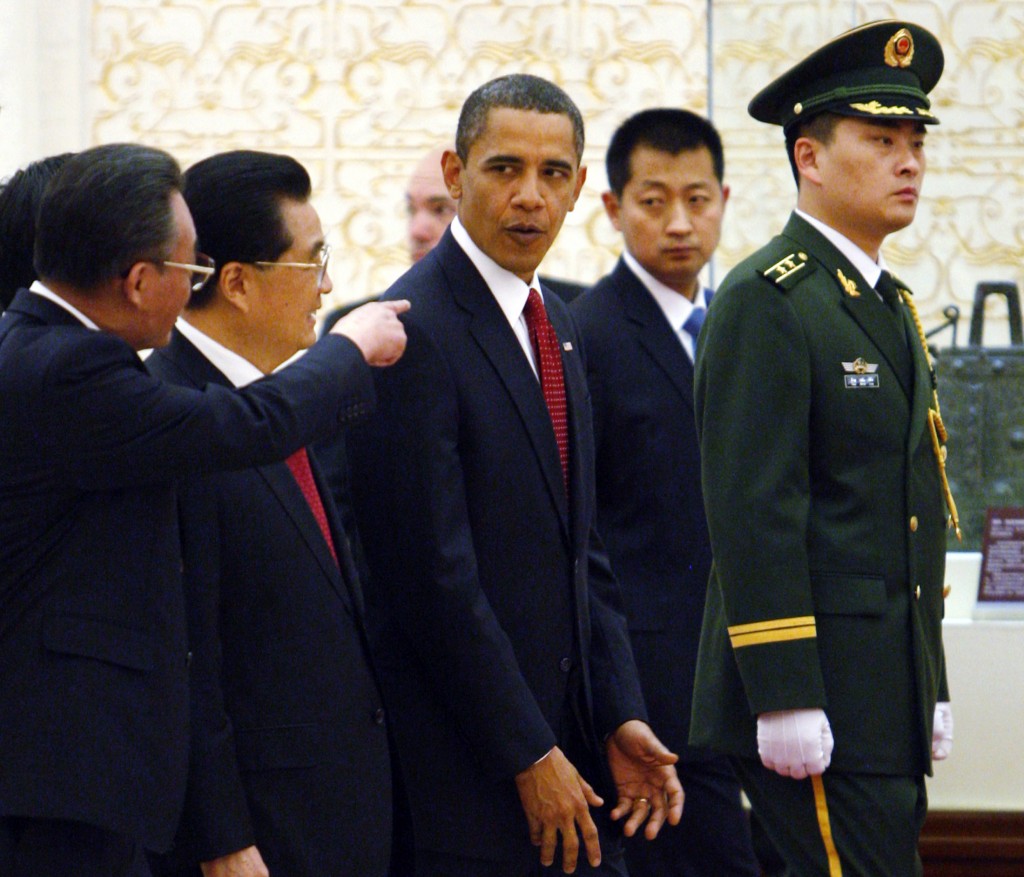Why is U.S.-China Strategic Coordination So Hard?
More on:

Richard Holbrooke, the president’s special envoy for Afghanistan and Pakistan, says that Washington and Beijing are “talking about common strategic symmetry.” “We’re consulting them. We’re sharing information,” Holbrooke told POLITICO. And the administration has intensified U.S. outreach to China as its level of concern about stability and extremism in Pakistan has increased.
So, does China share Washington’s concerns? Not really.
The Chinese are relaxed in public. (And they are nearly as relaxed in private). Just take China’s foreign minister, Yang Jiechi, who told a press conference on the margins of last week’s National People’s Congress that the government of Pakistan “has effective control” of its domestic situation, then quickly returned to his Foreign Ministry-drafted boilerplate about “mutual benefit” in the China-Pakistan relationship.
It would be hard to argue that the United States and China don’t have a common interest in, to use Yang’s words, “stability, development, and prosperity” in Pakistan. But U.S. officials, not least Holbrooke, are hardly so relaxed about developments there. The president’s national security advisor, General James Jones, says that “China can do a lot more in Pakistan than it’s currently doing.” No doubt what Jones means is that American messages to Islamabad—to get tough on extremism, deal forcefully with the domestic threat to the Pakistani state, and crack down harder on Pakistan-based terrorist groups—would be more effective if complemented by similar Chinese messages. If, as Holbrooke put it, we’ve reached a “common strategic symmetry,” why isn’t China taking General Jones’ advice?
The answer, I think, sheds light on just why it’s so hard to turn common interests with China into complementary policies:
First, Beijing rarely shares American threat assessments. And China’s leaders, even when they do sense a challenge to “stability,” are far more relaxed than are Americans about the scope and nature of those threats.
This is certainly true of Pakistan, where Beijing trusts the military’s instincts and senses little threat to the Pakistani state. It’s true of Iran. And it’s true of North Korea, which few Chinese believe will collapse and where a managed transition toward Chinese-style reform is the medium-term outcome China seeks to achieve.
Second, even when Beijing shares America’s sense of threat, countervailing interests still obstruct cooperation.
In Afghanistan, for example, China certainly shares America’s core interest: a stable Afghan state that does not harbor, nurture, or export terrorism. But Chinese decision-makers become uncomfortable when told that the path to victory might require a long-term NATO presence on China’s western border, U.S. bases or other military arrangements in Central Asia, and enhanced U.S. and NATO strategic coordination with neighbors that have had difficult relations with China.
Likewise on North Korea and Iran. It may well be that China doesn’t wish for a nuclear North Korea. But its emphasis on stability over and above every other objective puts it at odds with Washington and with the present government, at least, in Seoul about how to rank that objective relative to all others.
The good news is that the United States and China share more interests than, say, ten years ago (much less twenty or thirty years ago). For all Beijing’s complaints about American primacy, no country has benefited more than China from the prevailing international system, which the United States continues to dominate in many respects and in which the U.S. provides many of the public goods. But translating that common stake into complementary policies will remain elusive unless the two countries’ threat assessments begin to converge. And in places like Pakistan and Iran, that is still a very long way off. Combine that with other tensions in the relationship and we’ve got a very rocky road ahead for U.S.-China relations.
More on:
 Online Store
Online Store
